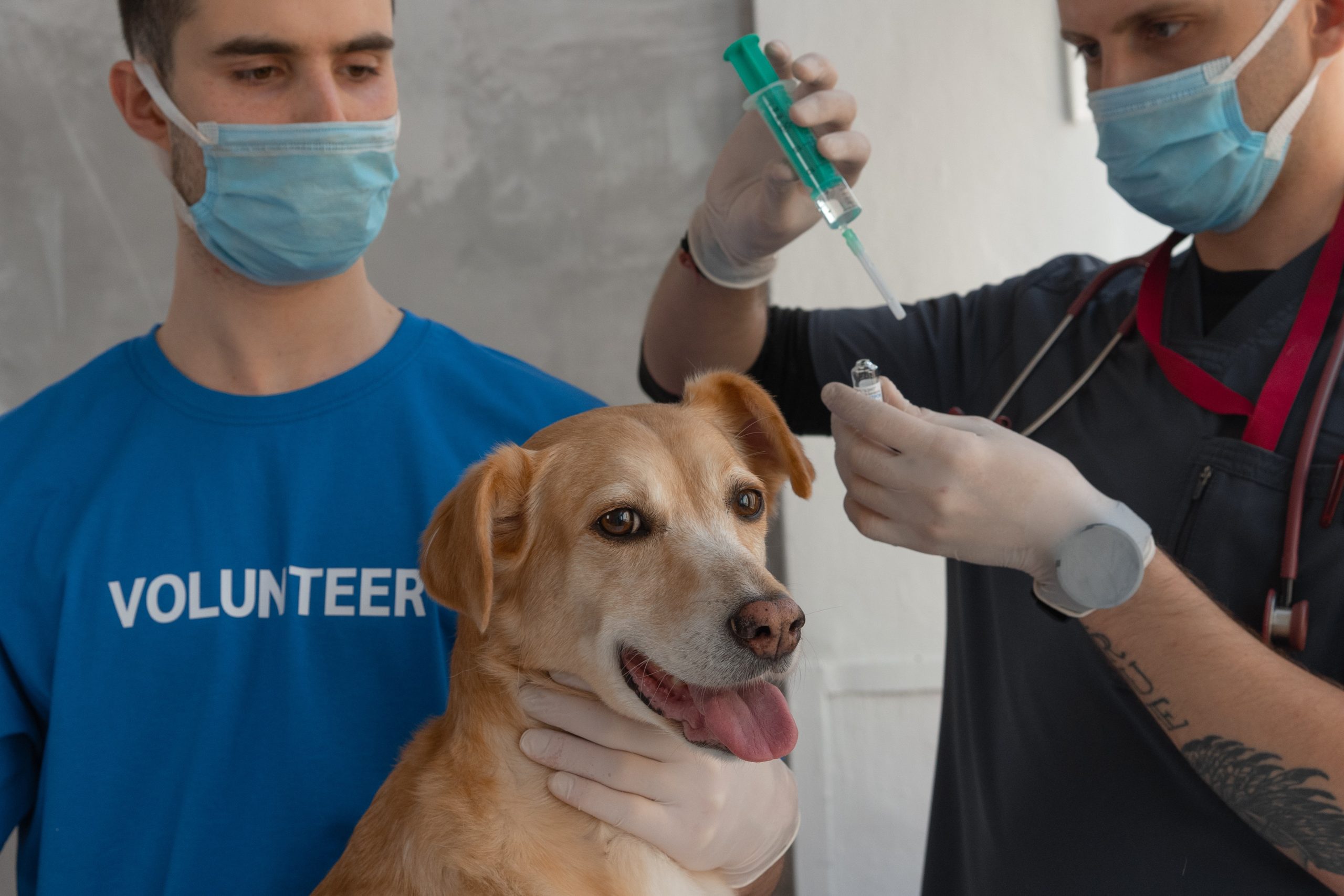How to Recognize Common Orthopedic Issues in Dogs?
Have you ever noticed a strange limp in your dog’s walk or an unusual stiffness in their movements? That might be your furry friend exhibiting signs of orthopedic issues.
This comprehensive guide will give you insights into how to identify, manage, and treat these common orthopedic problems in dogs.
Understanding Orthopedic Problems in Dogs
Orthopedic problems in dogs range from common minor ailments, like strains, to more serious issues that may require surgery, such as dysplasia or osteochondritis. Notably, any breed, age, or sex of dogs can experience these issues, making awareness and early detection key.
Types of Orthopedic Problems
Dogs, like humans, can suffer from a variety of orthopedic conditions. These conditions can affect their quality of life and limit their ability to engage in everyday activities. Below are some of the common orthopedic problems that can affect dogs:
- Arthritis: This is a common condition in older dogs. It results in inflammation and swelling of the joints, which may result in pain and mobility issues.
- Cruciate Ligament Tears: This is a common sporting injury in dogs. It occurs when the cruciate ligament in the dog’s knee tears, causing pain and instability.
- Canine Hip and Elbow Dysplasia: These developmental disorders can result in arthritis or lameness. Dysplasia in both areas can result in discomfort and a hindered ability to move.
- Luxating Patella: Also known as a dislocated kneecap, this condition can cause significant pain and difficulty moving. Smaller breeds are more susceptible to this condition.
- Osteochondritis: This is a condition where the dog’s bone and cartilage development becomes disturbed. This can affect various joints and result in pain, lameness, and joint swelling.
Symptoms of Common Orthopedic Problems In Dogs
Dogs, like humans, can suffer from a variety of orthopedic issues. Orthopedic problems in dogs are health conditions that affect the skeletal system, particularly the joints and bones. Depending on your pet’s specific situation, the symptoms can vary widely.
Detailed below are some common indicators of such health issues.
General Discomfort or Changes in Movement
The first visible signs of orthopedic problems in dogs typically manifest in their behavior and physical activities.
These symptoms include:
- Abnormal stance or gait
- Inability to rise
- A tendency for intermittent lameness
- Reluctance to move or apparent stiffness
Behavioral Changes
You might notice sudden changes in your dog’s behavior as it reacts to discomfort. Indications that your pet might be suffering from orthopedic problems could be:
- Irritability or unusual aggression
- Lethargy and loss of appetite
Physical Deformities or Abnormalities
Sometimes, orthopedic problems can cause physical deformities or visible swelling, which can be evident in your dog’s limbs or joints:
- Misshapen limbs
- Visible swelling in joints
It’s important to note that these symptoms may also be shared with other health problems.
Causes of Orthopedic Problems in Dogs
Orthopedic problems in dogs are often due to various factors that can harmfully impact a dog’s musculoskeletal system. Understanding these underlying causes can help in the early detection and prevention of orthopedic issues in your pet. The following factors are some of the common causes of orthopedic problems in dogs:
- Genetic predisposition: Some breeds of dogs are more genetically inclined to develop orthopedic issues. This means these breeds have inherited traits that make them more susceptible to these conditions.
- Obesity: Excess weight strains a dog’s bones and joints, leading to various orthopedic issues. Obesity in dogs can result from overfeeding, lack of exercise, or an underlying health condition.
- Poor nutrition: Dogs require a balanced diet for bone and joint health. If they do not receive the necessary nutrients, they may develop orthopedic problems.
- Environmental problems: Certain environmental factors, such as exposure to harmful substances or inadequate living conditions, can also lead to orthopedic problems in dogs.
Diagnosis of Orthopedic Problems
Pay a visit to a veterinary clinic such as one that offers Ketchum vet services. An initial examination followed by diagnostic tests like a complete blood count (CBC), urinalysis, and biochemical profile is usually conducted. X-ray imaging and ultrasound technology may also be used for a more accurate diagnosis.
Treatment of Orthopedic Problems in Dogs
The orthopedic help from veterinarians in Ketchum can significantly differ based on the animal’s health condition and severity. These treatments may comprise traditional medical or surgical interventions or alternative solutions.
Recovery from Orthopedic Problems in Dogs
Post-treatment care is essential for the recovery process. Following a carefully structured exercise regimen, administering prescribed medication, and making necessary adjustments to home settings can significantly ease the recovery process.
Post-Treatment Care
Regarding recovery, pet boarding facilities can provide supervised care and assist dogs with special needs. Some also offer accommodating pet boarding for dogs, where pets get premium boarding services and access to expert vets.
Managing Orthopedic Problems in Dogs
While medical interventions play a significant role, managing and preventing orthopedic problems primarily rely on regular exercise, a balanced diet, and maintaining an optimum weight. Regular vet check-ups can also help identify issues early, leading to timely treatment and a better quality of life for your pet.
Conclusion
Promptly recognizing and addressing orthopedic issues in dogs can significantly improve their quality of life. Understanding the symptoms, causes, types, and treatments for these orthopedic problems is a step toward giving your furry friend a longer, healthier, and happier life.

